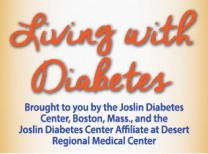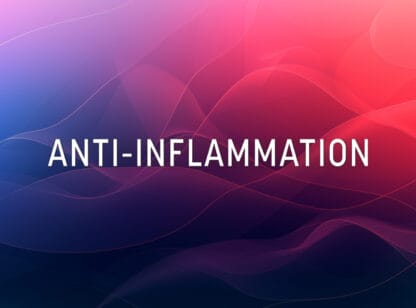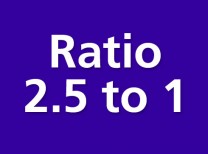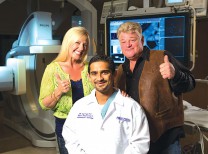If you were to ask me, “What one imaging study should I have performed to check on my overall health?” I would, without hesitation, answer a computed tomographic angiogram (CTA) of your coronary arteries. To me, the reason why is glaringly obvious. Heart disease is the number one cause of health complications, expense and death worldwide (though currently usurped by COVID-19).
A cardiac CTA (or CT cardio angiogram) is an X-ray of the arteries that supply your heart with blood. Pretty important job our coronary arteries have, right? A CTA is one of the best, and in my opinion, most vital ways to assess your current and future chances of having a heart attack. A CTA gives you a look at both the inside and outside of your arteries. I can think of little else that can give you that level of insight into your heart health.
The CTA is actually nothing new; it’s been around for years. It is the very same technology doctors use to check lungs for cancer or COVID-19. It is the same imaging used on brains and breasts to look for tumors and on bellies beleaguered by abdominal pain or suspected inflammatory bowel disease. As the world’s leading cause of death with an average 40 percent mortality rate compared to the 22 percent of all cancers combined, one might wonder – why don’t we screen for heart disease the same way we screen for cancer? Why would someone not get a CTA?
The risk of complications or side effects from having a CTA is extremely minimal (especially when compared to the far greater risk of cardiovascular disease or a sudden heart attack). To perform a CTA, doctors inject a small amount of iodine-based fluid into your arm to serve as a contrasting agent. It causes the arteries to become opaque when viewed with X-ray imaging. The contrast is not harmful and leaves the body a couple hours after it is injected. One thing to note – you should get an order with appropriate lab work from your physician prior to having any sort of contrast imaging.
So, who should get a CT cardio angiogram and when? Screening for most cancers is typically recommended to start at around age 50, though younger than 50 is recommended for those with an increased risk for disease, including a family history. There is currently no such recommendation in the U.S. regarding a CTA for heart disease risk assessment. Several health institutes in the UK, however, have proposed and are considering coronary CTA screening starting at 50. Currently in the UK, a cardiac CTA is recommended for almost everyone experiencing chest pain for the first time.
Ultimately, and as with all other health screenings, it is up to you and your doctor to decide if you should have a coronary CTA. If you feel like something is amiss with your ticker – do not wait until it is too late! Know that the technology is available – and it just might save your life.
Dr. Gunberg is a board-certified diagnostic radiologist, with a subspecialty certification in cardiovascular computed tomography, and the director of body and cardiac imaging at Halo Dx. He also is a member of Desert Doctors, currently serving on the Board. He can be reached at (760) 322-8883 or www.halodx.com.












































Comments (0)